Home>Furniture & Design>Outdoor Furniture>Where To Place An Outdoor Thermometer
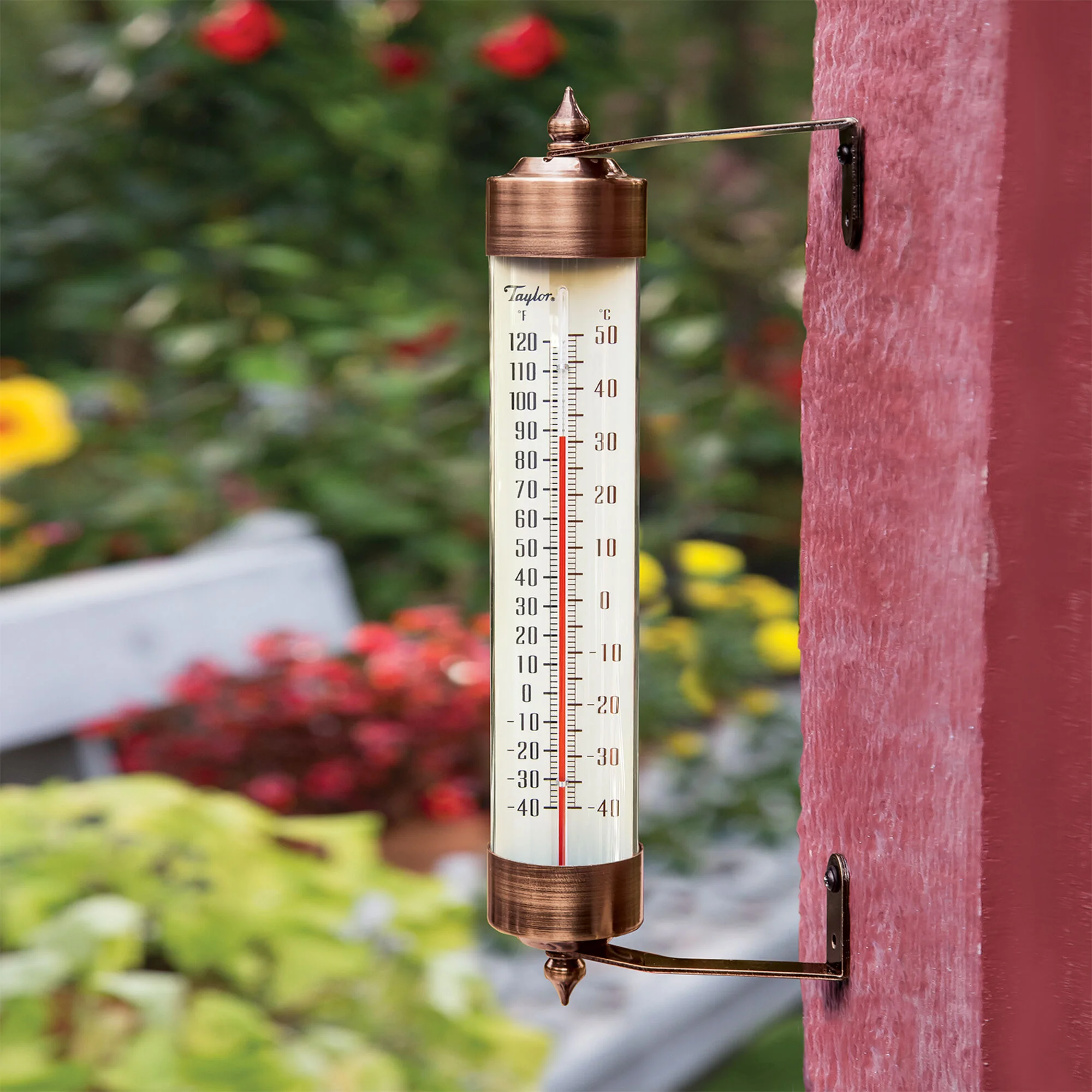

Outdoor Furniture
Where To Place An Outdoor Thermometer
Modified: January 26, 2024
Discover the best spots for placing an outdoor thermometer to ensure accurate readings and optimal performance. Learn how to integrate it seamlessly with your outdoor furniture and design.
(Many of the links in this article redirect to a specific reviewed product. Your purchase of these products through affiliate links helps to generate commission for Storables.com, at no extra cost. Learn more)
Introduction
Placing an outdoor thermometer in your outdoor space can provide valuable insights into the temperature variations that occur throughout the day. Whether you're a weather enthusiast, a gardening aficionado, or simply someone who enjoys spending time in the great outdoors, having an outdoor thermometer can enhance your outdoor experience. However, determining the ideal location for this essential tool involves careful consideration of various factors. In this article, we'll explore the key considerations for placing an outdoor thermometer, identify the ideal locations for accurate temperature readings, and highlight areas to avoid. By the end of this article, you'll have a clear understanding of where to place your outdoor thermometer to maximize its functionality and effectiveness.
Key Takeaways:
- Find a shady spot! Place your outdoor thermometer away from direct sunlight to get accurate readings and protect it from the elements.
- Avoid heat and moisture! Keep your thermometer away from grills, heat sources, and areas prone to condensation for reliable temperature data.
Read more: Where To Put Outdoor Thermometer
Considerations for Placement
When deciding where to place your outdoor thermometer, several important factors should be taken into account to ensure accurate temperature readings. Here are some key considerations to keep in mind:
- Exposure to Direct Sunlight: Avoid placing the thermometer in direct sunlight, as this can result in inaccurate readings. The heat from the sun can artificially elevate the temperature displayed on the thermometer, leading to misleading information. Instead, look for shaded areas where the thermometer can be shielded from direct sunlight.
- Protection from the Elements: Ensure that the thermometer is adequately protected from the elements, including rain, snow, and strong winds. Exposure to these elements can not only affect the accuracy of the readings but also lead to premature wear and tear on the thermometer. Consider placing the thermometer under an overhang or in a location that provides natural protection from the weather.
- Distance from Heat Sources: Avoid placing the thermometer in close proximity to heat sources such as grills, outdoor fire pits, or heating vents. These sources can emit heat that skews the temperature readings, compromising their accuracy. Aim to position the thermometer away from any artificial heat sources to obtain true outdoor temperature measurements.
- Accessibility: While it’s important to choose a location that meets the aforementioned criteria, it’s also essential to place the thermometer in an accessible spot. Select a location that allows for easy viewing and monitoring, ensuring that you can check the temperature readings conveniently as needed.
- Consistency: For the most accurate readings, strive for consistency in the thermometer’s placement. Avoid frequent relocation, as this can disrupt the thermometer’s ability to acclimate to its surroundings and provide reliable temperature data.
By considering these factors, you can identify an optimal placement for your outdoor thermometer that promotes accuracy, longevity, and ease of use.
Ideal Locations for Outdoor Thermometers
Choosing the right location for your outdoor thermometer is crucial for obtaining accurate and reliable temperature readings. Here are some ideal locations to consider:
- North-Facing Wall: Mounting the outdoor thermometer on a north-facing wall can provide consistent and accurate readings. North-facing walls receive minimal direct sunlight throughout the day, making them an ideal location for temperature monitoring.
- Under a Tree: Placing the thermometer under a tree can offer natural shade and protection from the elements. However, it’s important to ensure that the tree’s branches do not obstruct the thermometer or drip excessive moisture onto it during rainfall.
- Shaded Patio or Deck: If you have a shaded patio or deck, consider mounting the thermometer in this area. The shade provided by the structure can shield the thermometer from direct sunlight while offering a convenient and accessible location for temperature monitoring.
- Open Yard Space: If you don’t have a shaded patio or deck, an open yard space that receives minimal direct sunlight can also serve as a suitable location for the outdoor thermometer. Look for an area that is naturally shaded for the majority of the day.
- Weather-Resistant Mounting: Regardless of the specific location you choose, ensure that the thermometer is mounted in a weather-resistant manner. This may involve using a protective housing or selecting a thermometer designed for outdoor use, complete with a durable and weatherproof casing.
By strategically placing your outdoor thermometer in one of these ideal locations, you can optimize its performance and accuracy, providing valuable temperature data for your outdoor activities and environmental monitoring.
Place your outdoor thermometer in a shaded area away from direct sunlight and heat sources, such as buildings or pavement. This will ensure more accurate temperature readings.
Locations to Avoid
While certain locations can enhance the accuracy and functionality of your outdoor thermometer, there are also areas to avoid due to their potential to compromise temperature readings. Here are some locations to steer clear of:
- Direct Sunlight: Avoid placing the thermometer in areas that receive prolonged direct sunlight, such as south-facing walls or open, sun-exposed spaces. Direct sunlight can artificially elevate the displayed temperature, leading to inaccurate readings.
- Proximity to Heat Sources: Steer clear of placing the thermometer near heat sources such as grills, outdoor fire pits, or heating vents. The heat emitted from these sources can distort the temperature readings, rendering them unreliable.
- Areas Prone to Condensation: Avoid locations where condensation or excessive moisture accumulation is likely, as this can interfere with the thermometer’s accuracy and potentially lead to damage over time. Areas near sprinklers or where water tends to collect should be avoided.
- High-Traffic Areas: Refrain from placing the thermometer in high-traffic areas where it may be inadvertently bumped, knocked over, or subjected to other disturbances. Choose a location that is relatively undisturbed to ensure consistent and reliable temperature readings.
- Exposed to Strong Winds: Locations that are consistently exposed to strong winds should be avoided, as the airflow can impact the thermometer’s ability to accurately measure the ambient temperature. Seek out more sheltered areas for optimal results.
By steering clear of these problematic locations, you can safeguard the accuracy and longevity of your outdoor thermometer, ensuring that it continues to provide dependable temperature readings for your outdoor environment.
Conclusion
Choosing the right location for your outdoor thermometer is essential for obtaining accurate temperature readings and maximizing its utility. By carefully considering factors such as exposure to sunlight, protection from the elements, and distance from heat sources, you can identify an optimal placement that ensures the reliability and longevity of your thermometer.
When determining the ideal location, look for areas that offer natural shade, protection from the elements, and minimal exposure to direct sunlight. Whether it’s a north-facing wall, a shaded patio, or an open yard space, the selected location should promote consistent and accurate temperature measurements throughout the day.
By avoiding locations prone to condensation, excessive heat, or strong winds, you can mitigate potential factors that could compromise the thermometer’s accuracy and performance. Additionally, prioritizing accessibility and consistency in the thermometer’s placement can further enhance its functionality and ease of use.
Ultimately, the chosen location should strike a balance between environmental suitability and practical accessibility, allowing for convenient temperature monitoring while ensuring the thermometer’s accuracy and longevity.
With these considerations in mind, you can confidently select the perfect spot for your outdoor thermometer, enabling you to make informed decisions and fully enjoy your outdoor experiences based on reliable temperature data.
Frequently Asked Questions about Where To Place An Outdoor Thermometer
Was this page helpful?
At Storables.com, we guarantee accurate and reliable information. Our content, validated by Expert Board Contributors, is crafted following stringent Editorial Policies. We're committed to providing you with well-researched, expert-backed insights for all your informational needs.

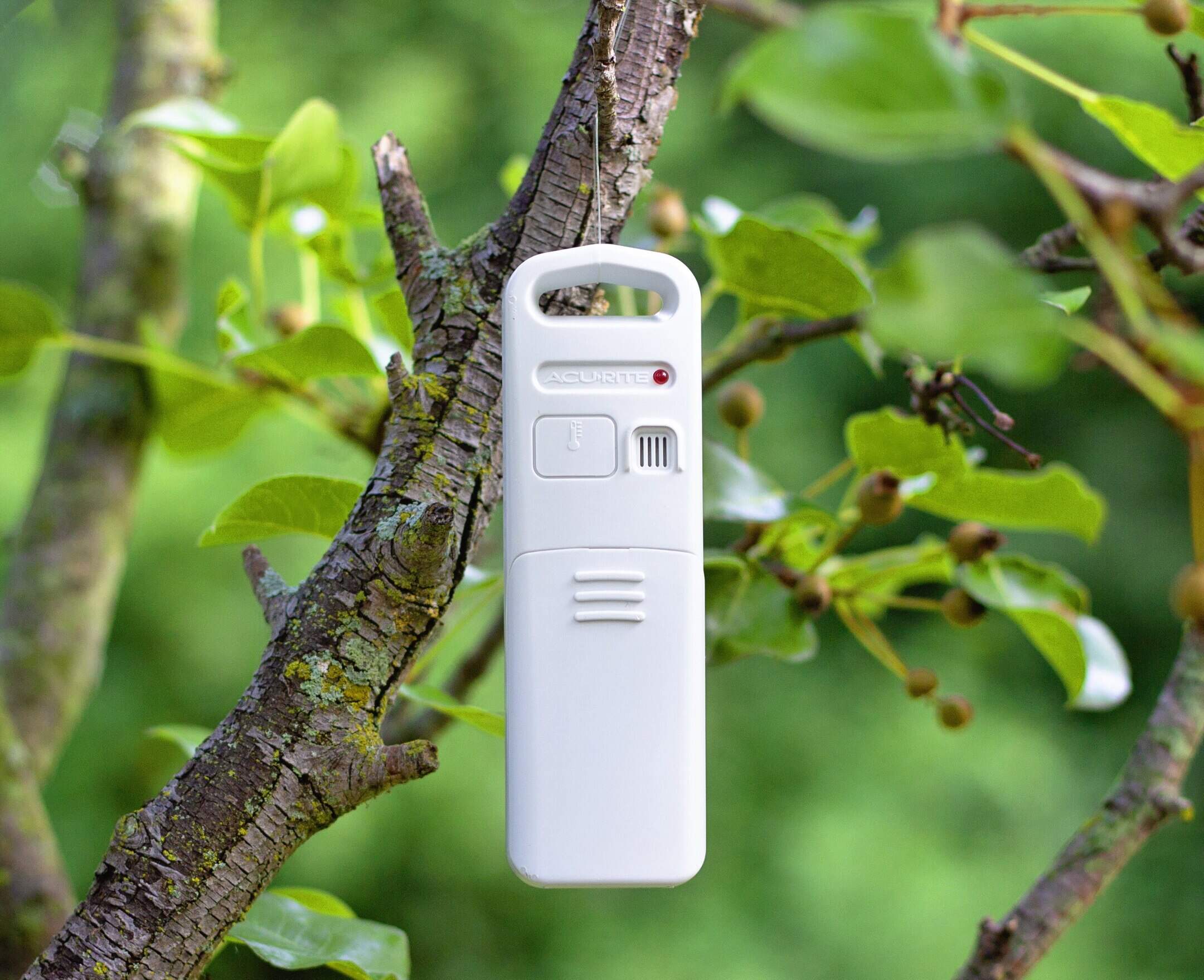
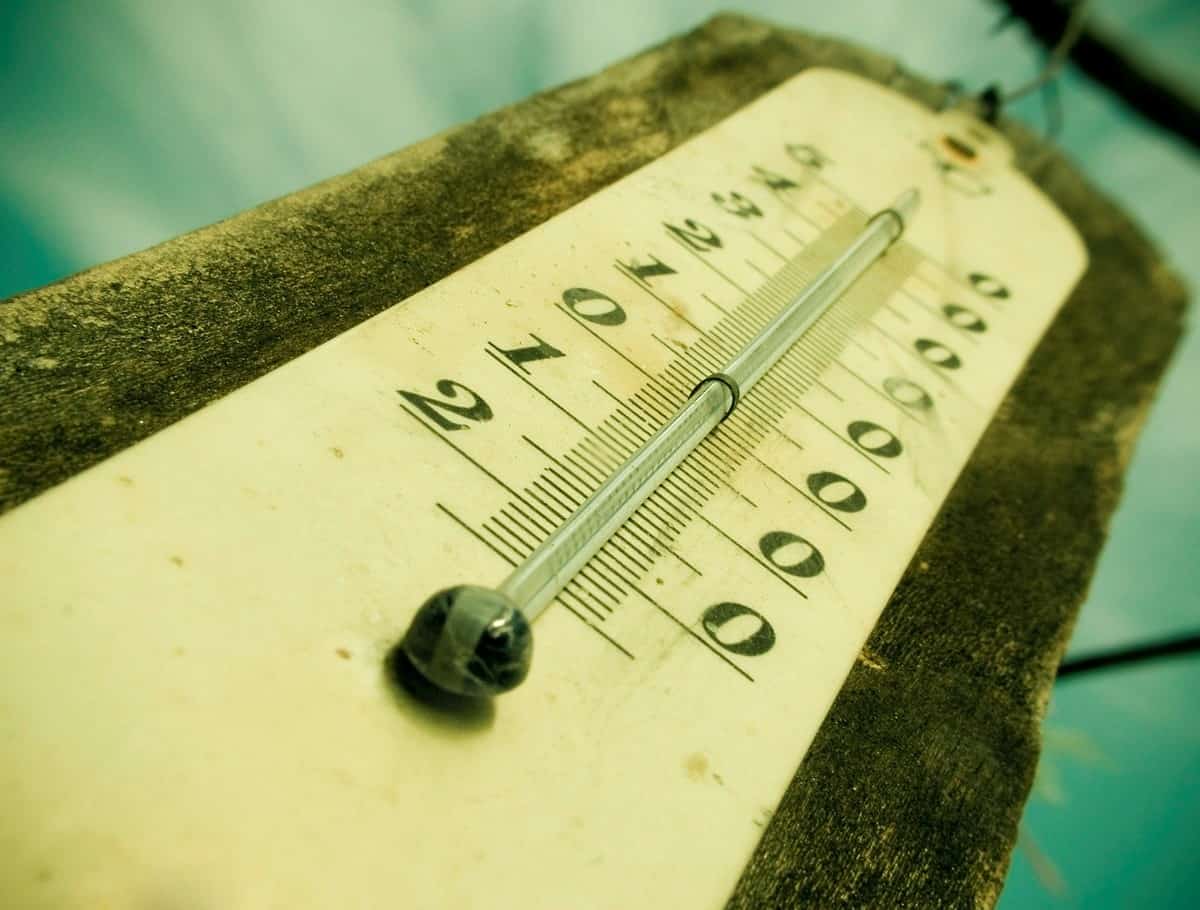
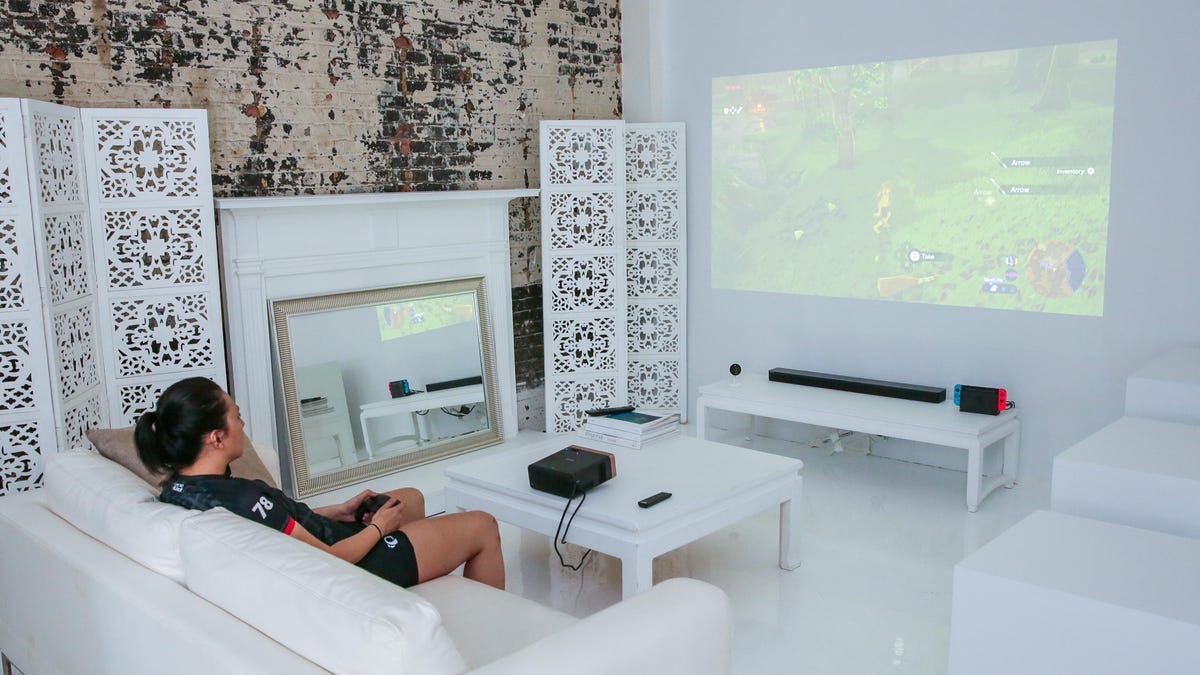

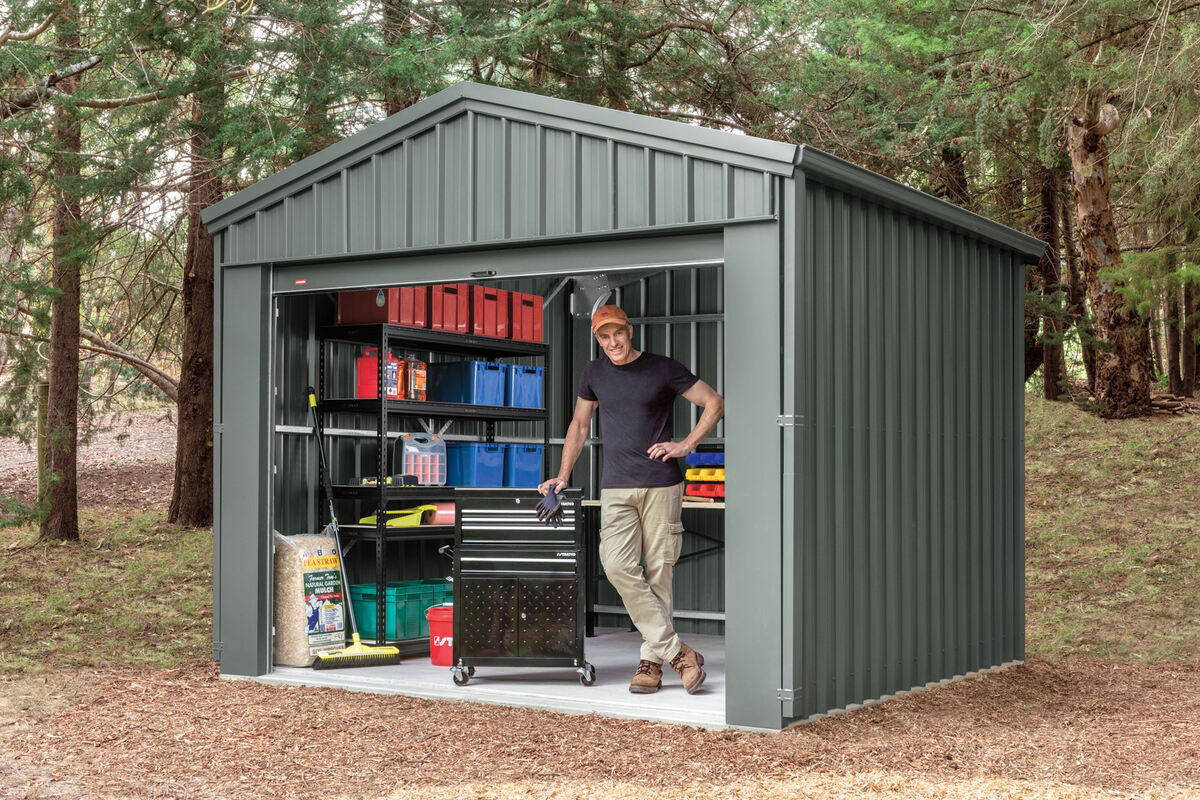
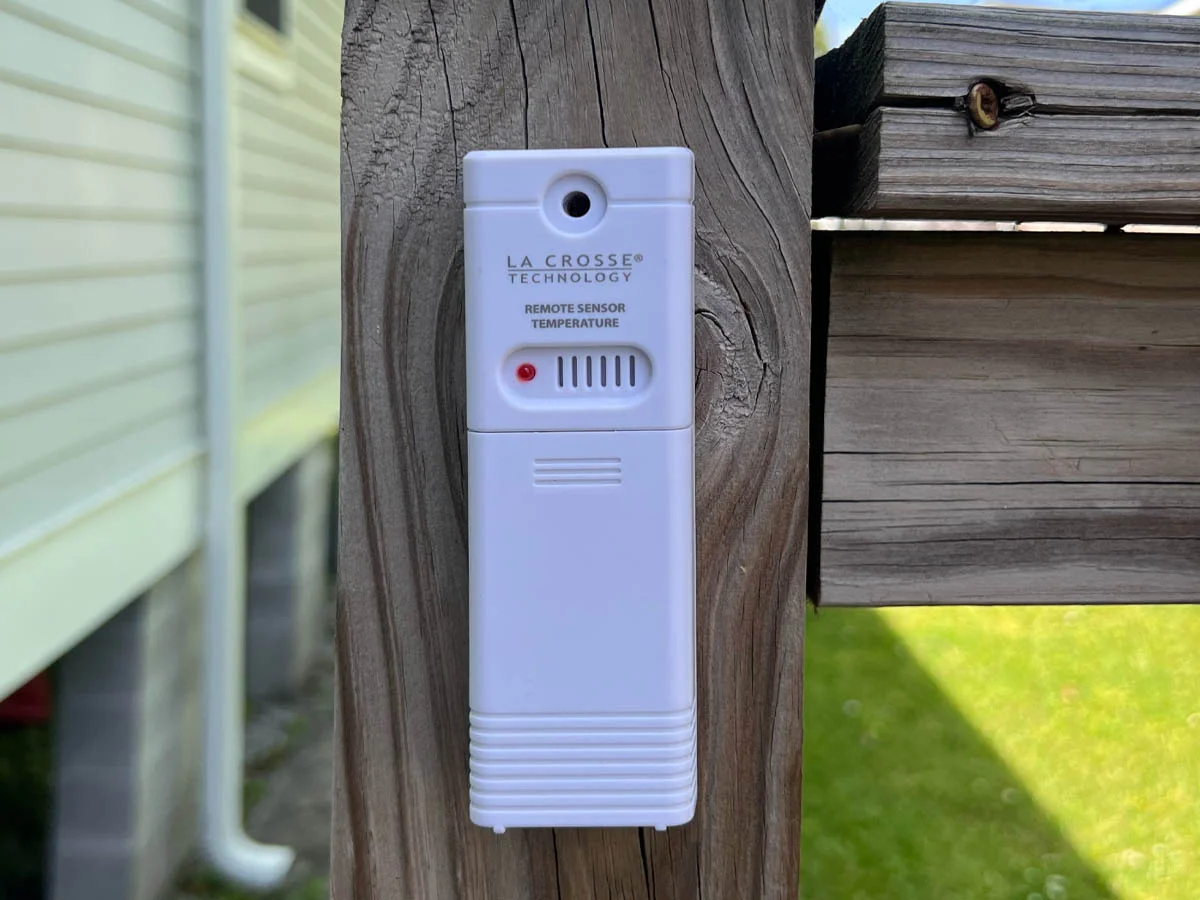

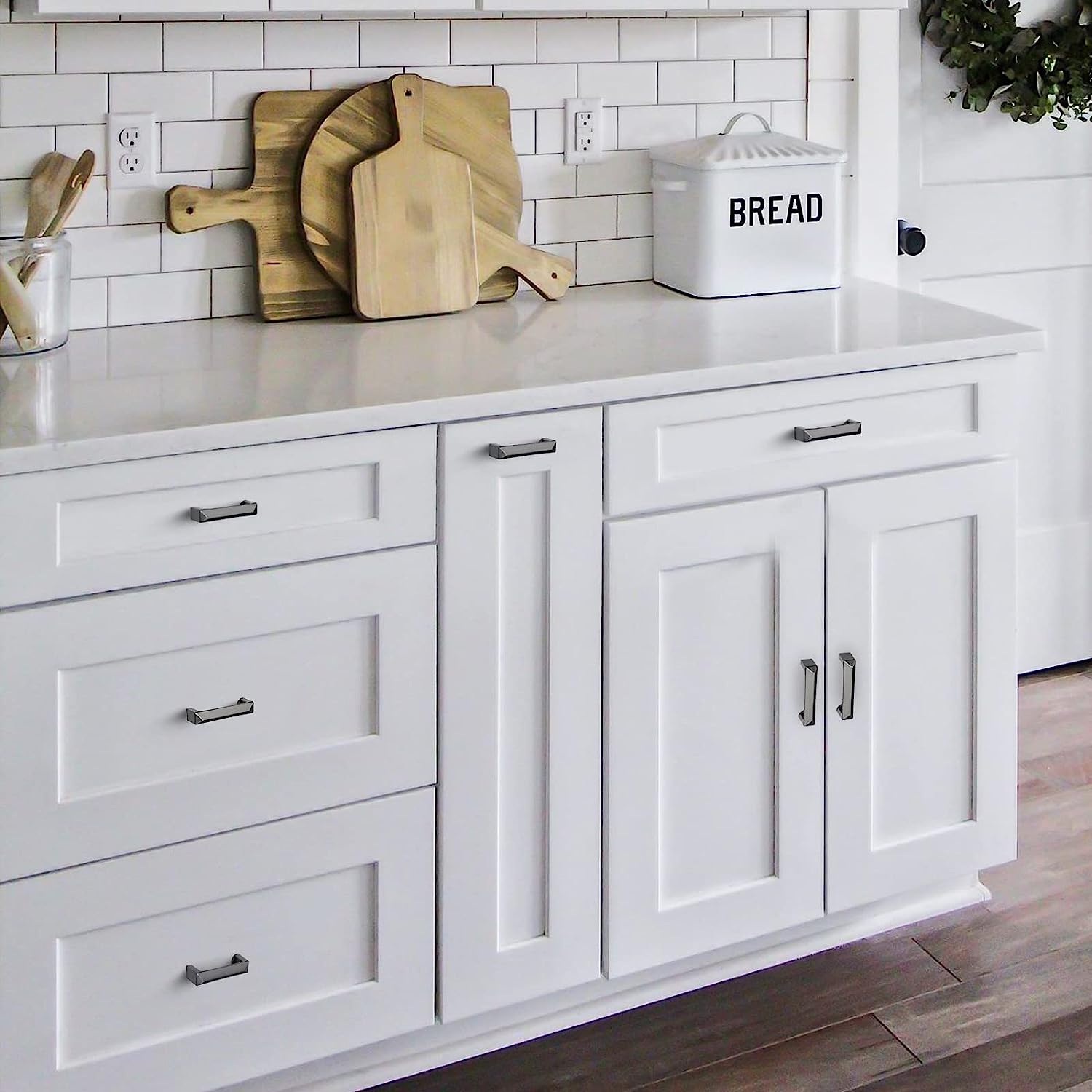


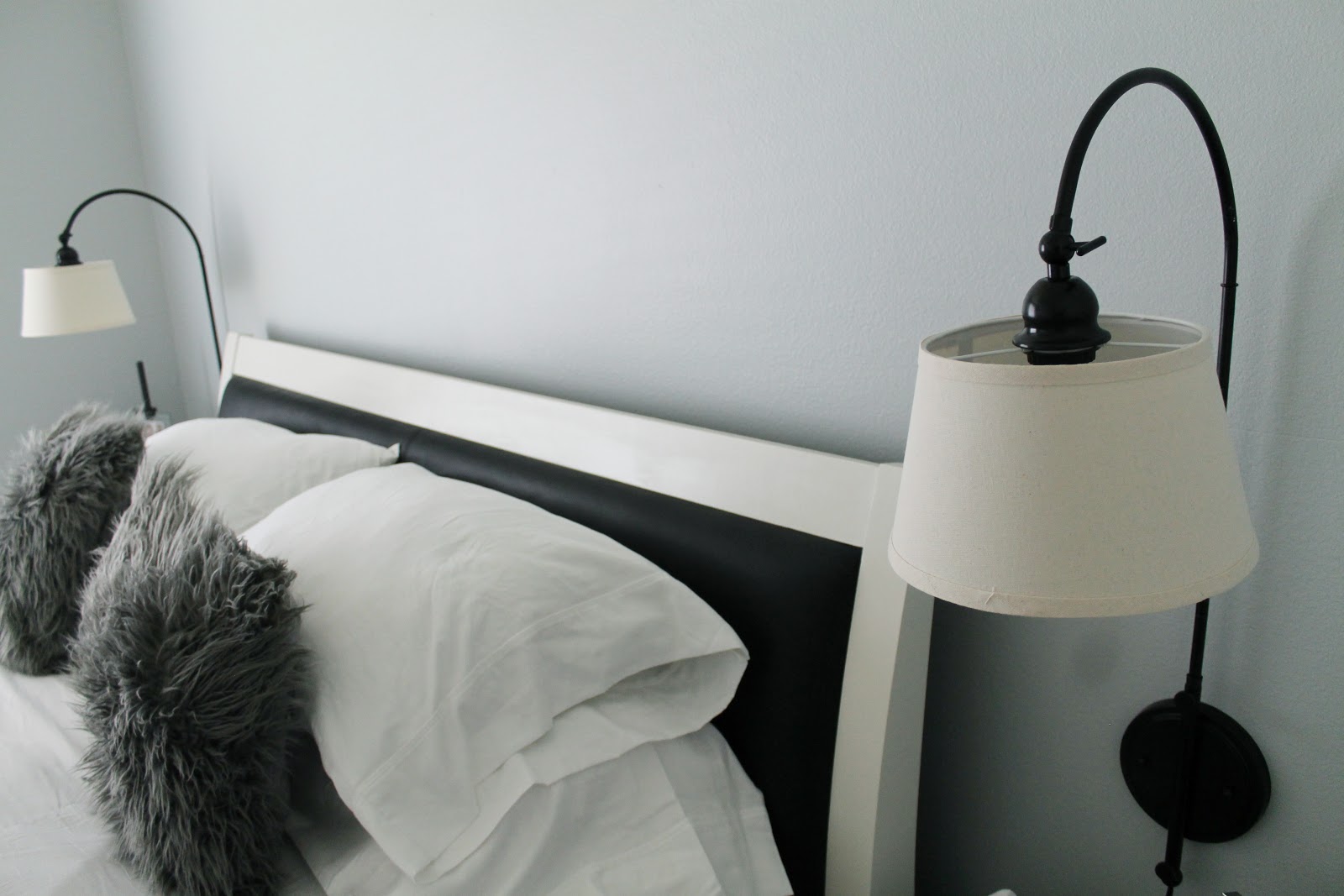
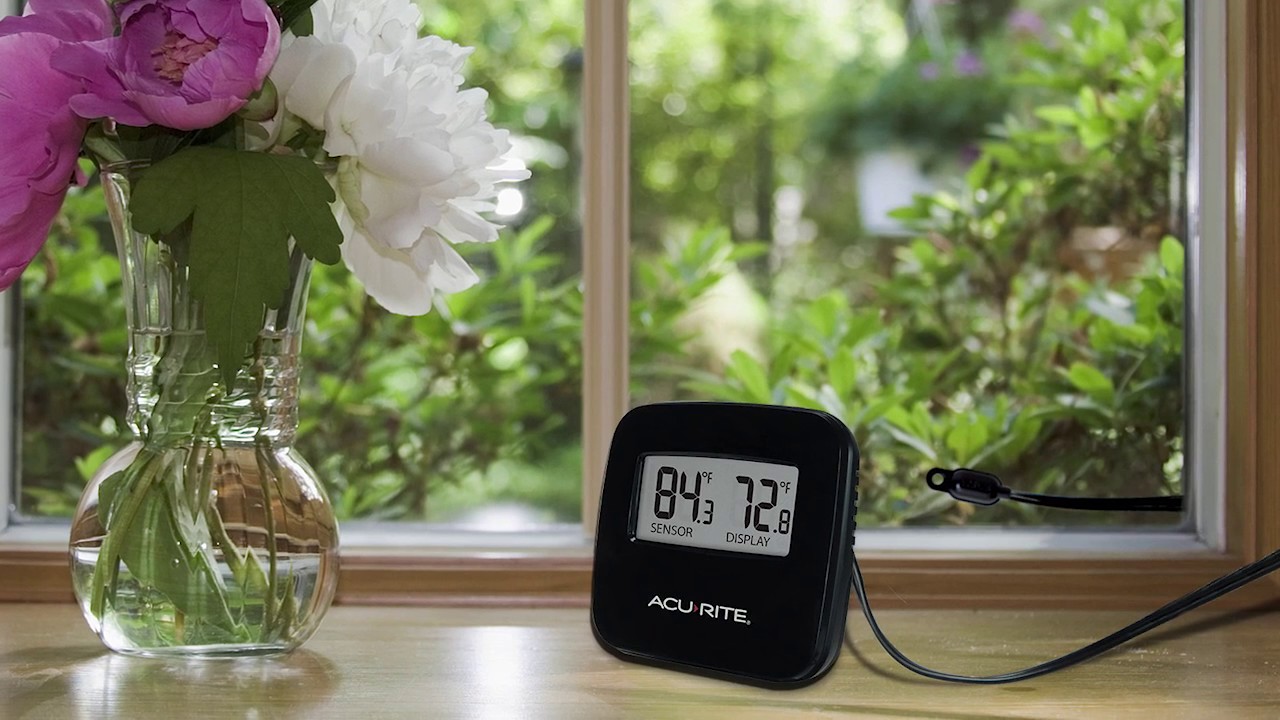
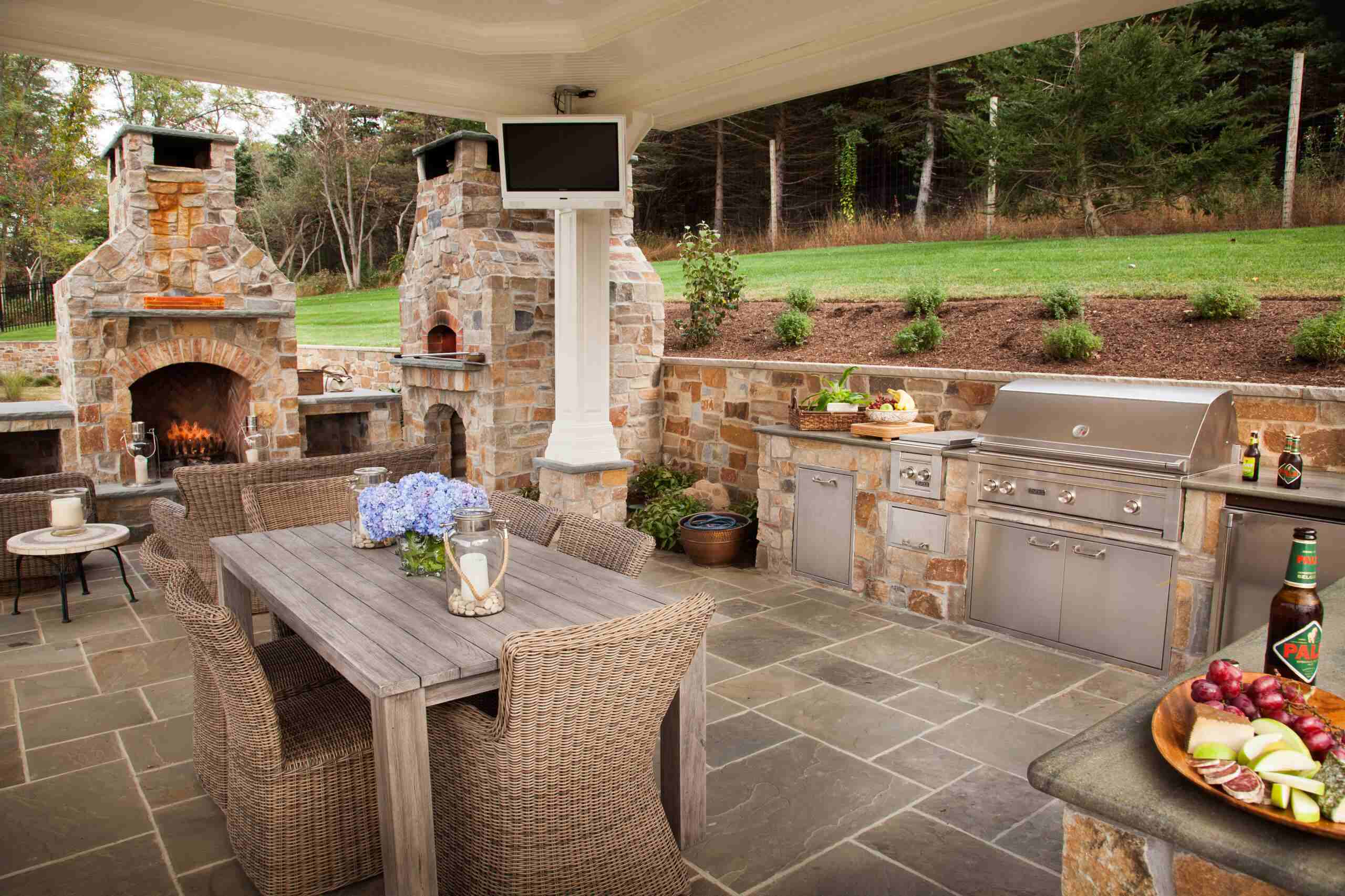


0 thoughts on “Where To Place An Outdoor Thermometer”